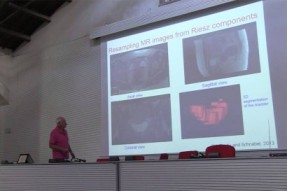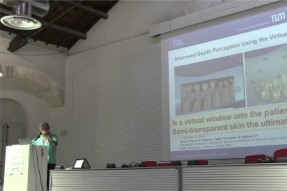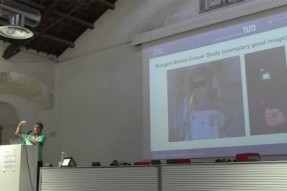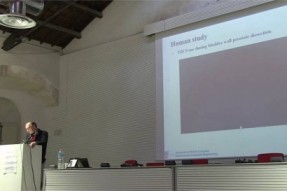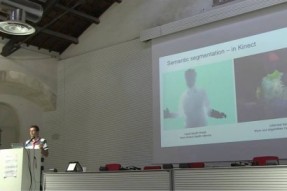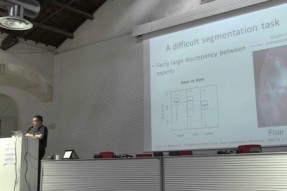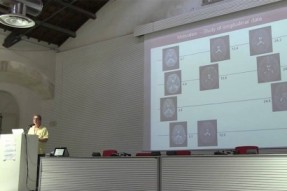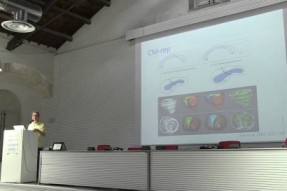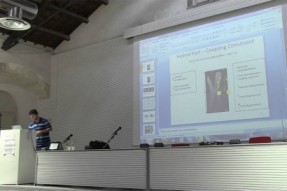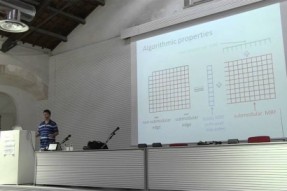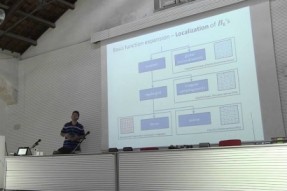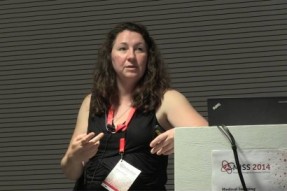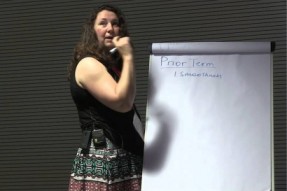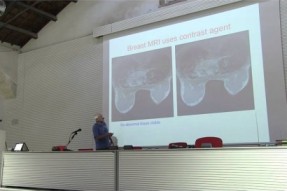Demonology, or a short retrospective of demons in medical image registration - MISS 2014 (05)
Prof. Xavier Pennec (INRIA, France), lecture 1
Prof. Xavier Pennec (INRIA, France) was one of the speakers of Medical Imaging Summer School (Sicily, July 28-August 1, 2014), here you can find his lecture 1: "Demonology, or a short retrospective of demons in medical image registration".
Abstract. In this talk, we present the evolution of the demons' algorithm over a decade from a historical point of view. Originally proposed by Thirion as an efficient procedure for non-linear registration, the algorithm was revisited several times to be recast in a sound minimization framework, in particular through Cachier's pair and smooth (PASHA) method. Additional modifications were performed by Stefanescu to make it fully parallelizable and to include a non-stationnary adaptive regularization that could take into account pathologies (areas that do no correspond).
More recently, Vercauteren adapted the efficient optimization procedure to work on a space of diffeomorphic transformations. Experiments show that the diffeomorphic demons results are similar in terms of image similarity metric, but more regular and closer to the true transformation in controlled experiments, particularly in terms of Jacobian.
This efficient algorithm was further enhanced by parameterizing the deformation using one parameter subgroups, following the proposition of Arsigny. This new parameterization allows to obtain inverse consistency very easily, and opens the way to a sound statistical setting for deformation-based morphometry.
To wrap up, we present recent works demonstrating that the efficient and sound principles of demons provide a diffeomorphic registration framework which is also quite versatile and can be easily adapted to tackle new problems such as incompressibility for cardiac motion tracking.
Shooting: Lorenzo Di Silvestro, Mauro Sodano
Editing and post-production: Lorenzo Di Silvestro, Agata Ventura
Vedi anche
- L'occhio della macchina
- La funzione logistica nell'analisi dei dati
- Processing pill 09 - Gestione delle immagini
- Processing pill 08 - Per chi scrive: la tastiera
- Processing pill 07 - Mouse!
- Processing pill 06 - Tutto quello che avreste voluto sapere sulle etichette di testo
- Processing pill 05 - Animiamo e dinamizziamo le nostre finestre!
- Processing pill 04 - Forme arbitrarie e complesse: giochiamo con le shape
- Processing pill 03 - Qualche primitiva grafica e come usarla velocemente
- Processing pill 02 - Un tour dell'interfaccia, piccolo programma statico “prototipo”
